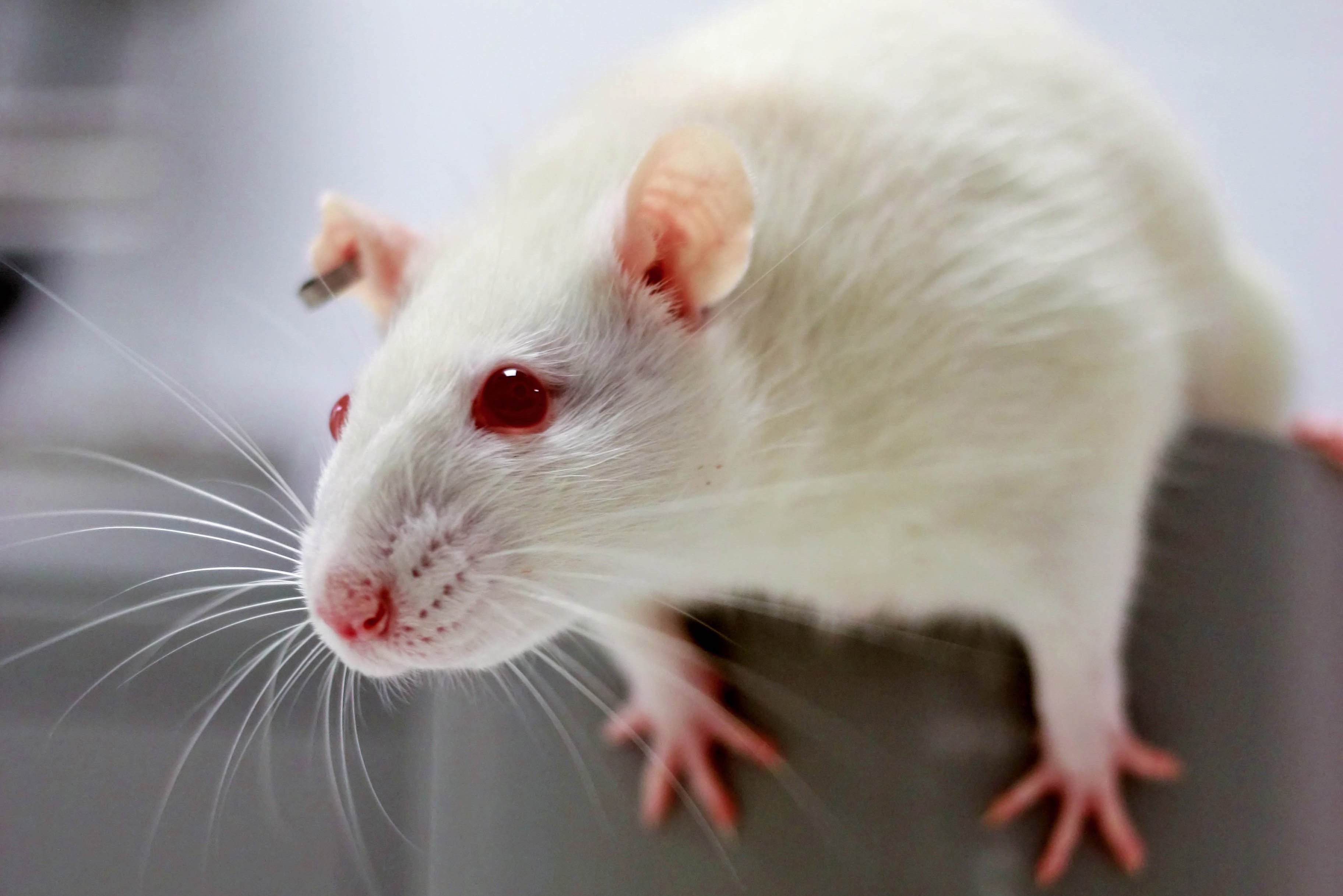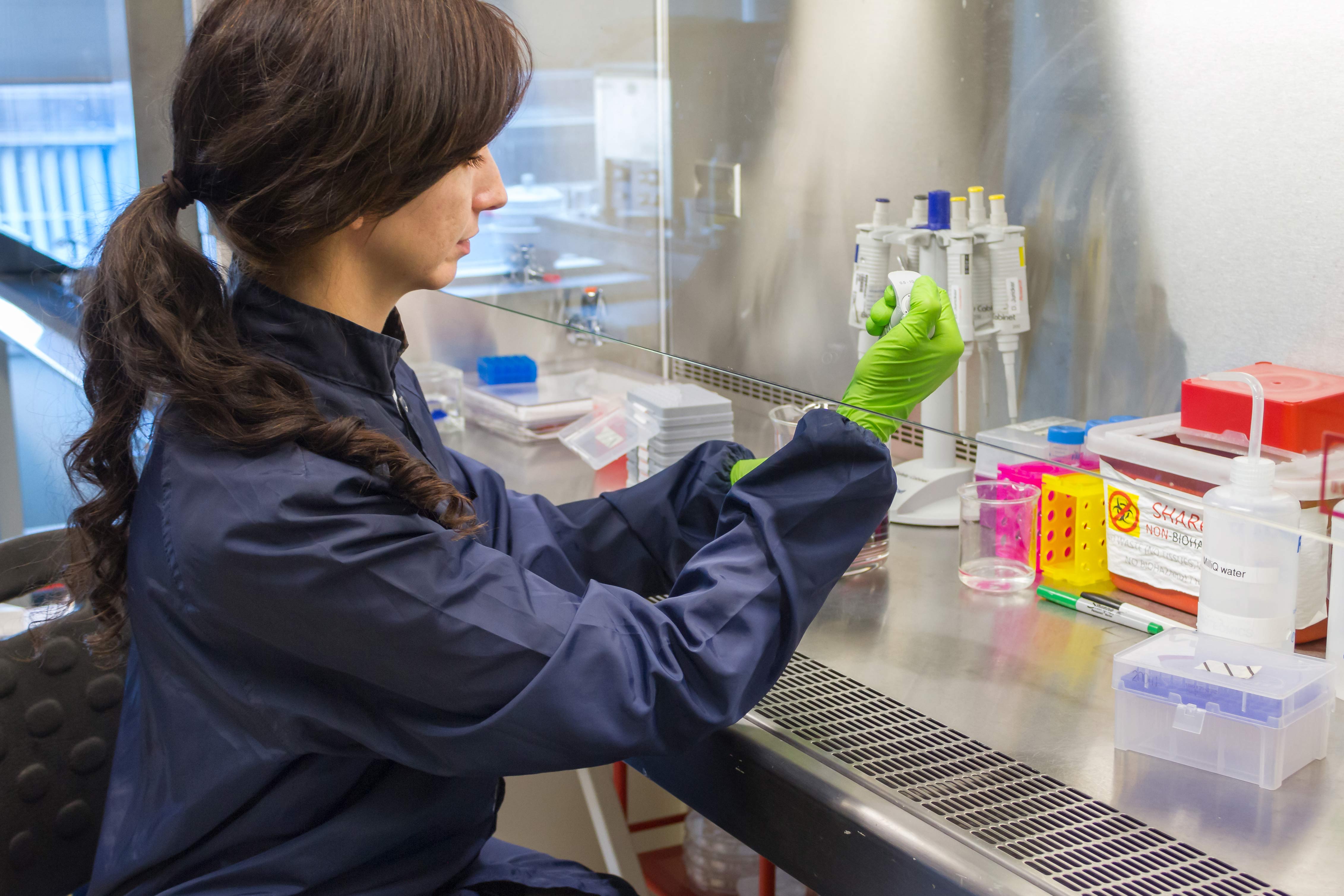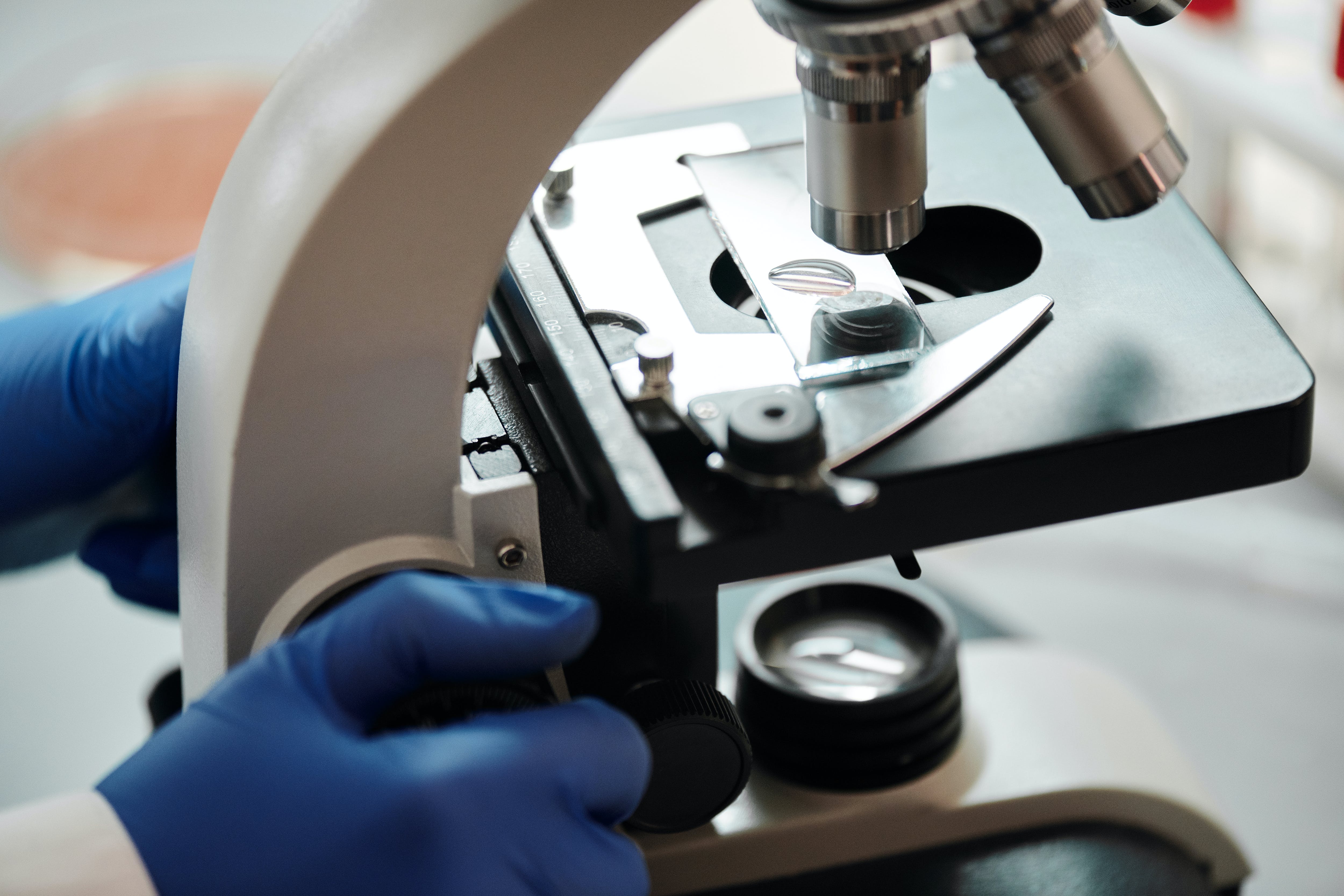Everyone listed in an Animal Use Protocol form must know the material covered in this section and successfully pass the test. If someone has had training in another institution or has extensive experience and believes that they are familiar with the information, asking for the test and passing is sufficient to obtain certification.
Chapter 1

Every species has its own need regarding its environment, food requirement and correct handling by the animal user.
Chapter 2

Animals are used in research when there is simply no alternative that will produce the necessary results.
Chapter 3

Projects often include the use of hazardous material.
Chapter 4

It is very important that all research animals be monitored on a regular basis.
Chapter 5

All animal protocols using vertebrates or invertebrates must be assigned a CCAC category of invasiveness in animal experimentation.
Chapter 6

A gentle death that is regarded as a act of humane killing with the minimum of pain, fear and distress.
Regulations, Animal Welfare and Protocol Approval Process
Our institution follows requirements from federal, provincial and municipal legislation. This would include, for example, the federal Health of Animals Act (Sections 38-39 Elizabeth II, Chapter 21), which replaced the Animal Disease and Protection Act and which governs control of animal diseases and toxic substances. Those working with animals should be cognizant of institutional and/or facility safety program and are strongly recommended to enroll in the McGill Occupational Health Program for Animal Related Activities.
Workplace Hazardous Materials Information System (WHMIS), which resulted from federal and provincial co-operation, was instituted in 1988. Federal government laboratories are governed by federal WHMIS and the Canada Labour Code. The following publications are available free of charge from Labour Canada: The Employer and WHMIS; Introduction to the WHMIS Program; Exercise WHMIS in the Workplace, and a relevant poster. McGill and affiliated hospital give regular WHMIS sessions. Refer to the McGill Environmental Health and Safety Office’s website.
Elsewhere, provincially enacted Health and Safety legislation specifies the accountability of directors and the rights and responsibilities of employers, supervisors and workers in the workplace. The right to refuse unsafe work is a part of the Occupational Health and Safety (OHS) Act (see CSST website). WHMIS regulations are also a section of this legislation and require that each employer provide safe working conditions and that employees be informed about all hazards they will face in the course of their duties. Employees are also given the right to withdraw from the workplace if faced with an unsafe condition. All hazardous substances, including microorganisms, must be labeled in a specified manner, and a Material Safety Data Sheet (MSDS) must be available to accompany each hazardous substance. Each province has adapted these federal government guidelines for its own purposes. WHMIS material may be obtained from the McGill Environmental Health and Safety Office.
McGill and Affiliated Hospital Animal Use Approval Process
Submission of planned research or teaching project
If the category of invasiveness is "A", no approval is needed. "A" level includes studies or experiments on most invertebrates or no entire living material (such as insects, eggs, animal tissue or skin). Also "A" level is no-contact studies such as bird watching.
All "B", "C" and "D" category of invasiveness using vertebrates and higher cephalopods require approval prior to starting the project.
To obtain approval, the Animal Use Protocol form must be completed and approved by the Facility Animal Care Committee (FACC) via the on-line Darwin software. If you do not have access yet, please submit a request via this Webform.
The submitted protocol, or amendment, is reviewed by members of the FACC. This committee ensures that the institution's as well as the CCAC guidelines and policies are followed. The membership includes: at least two faculty members, a veterinarian, a community representative, an institutional member not using or depending on animals, a technical staff representative, research ethics officer and a graduate student.
The protocol will either be:
- approved as is,
- the committee makes recommendations for specific changes before approval is given,
- it is not approved
Know that once approved, a project can still be halted under certain conditions. If an animal is found to be experiencing unrelenting pain and distress, the FACC and Veterinarian have the authority to have the animals euthanized and/or terminate the procedures.
Scientific Merit
All projects must show proof of potential benefit for humans and/or animals to justify using living animals. This is achieved when a recognized peer-reviewed agency (such as CIHR and NSERC) awards a grant for the project. Applications for grants are very competitive and only the very best get funded. Note: the agency's name and grant title must appear in the funding section of the animal use protocol.
If the project is funded by a non-peer-reviewed source OR if the investigator would like to start the project before the funding by a peer-reviewed agency is awarded, the researcher can request internal peer review from the Associate Dean of his/her Faculty or from the Associate Director of the Research Institute of his/her Affiliated Hospital.
Standard Operating Procedures (SOP)
SOP stands for Standard Operating Procedures. There are procedures that are used often and the details have been written down in order to help investigators with the details concerning each of them. These SOPs are already approved by the institution and the CCAC and this helps in maintaining a high standard and speed up protocol review. Another important point is that each procedure and animal is treated the same way.
The SOPs are downloadable from the Standard Operating Procedures section of this website.
Length of time for the entire approval process
The entire process should take about a month in order for the Facility Animal Care Committee to review and meet, corrections be made by the investigator if necessary and final processing be done.
Approval is valid for 1 year.
Principal Investigator's responsibility
On the Animal Use Protocol form, the principal investigator must agree to the statement:
"“The information in this application is exact and complete. I declare that all care and use of animals in this proposal will be in accordance with the guidelines and policies of the Canadian Council on Animal Care and those of McGill University. I shall request the Animal Care Committee’s approval prior to any deviations from this protocol as approved. I understand that this approval is valid for one year and must be renewed on an annual basis. Approval from the committee does not guarantee availability of space, equipment and services; contact the animal facility supervisor for requirement. Everyone listed in the protocol must have read the Animal Use Protocol's sections pertinent to what they are mandated to perform.”"
Everyone listed in the personnel section for the project must have read the approved protocol and respect the above mentioned agreement.
Common errors in completing the form
The items that present the most problems when a protocol gets reviewed by the Facility Animal Care Committees are:
- Section “5- Keywords of Procedures” = keywords only, not sentences. Why? A report is sent every year to the CCAC and this is the format they have requested.
- Section “19- Justification For Number Requested” = total numbers of animals stated in the table must be the same as the totals described in the justification of animal numbers section. Basically, what is needed for the animal number justification, is the simple arithmetic on how the totals in the table were arrived at.
- Section 27 - Questions relate to material that can be hazardous to humans and/or animals. Include carcinogens, transplantable tumours, radioactive isotopes.
- Section “31- Adverse Effects and Humane Intervention Points” = As known as “Clinical endpoint”: can be defined as the point at which an experimental animal's pain and/or distress is terminated, minimized or reduced by taking actions such as humanely killing the animal, terminating a painful procedure, or giving treatment or relieve pain and/or distress" The importance of clear and measurable criteria for the clinical endpoint is because the animal user must know exactly at what point, the animal's distress has become unacceptable and action must be taken to end its suffering. Specific clinical criteria is needed, statements such as "if the animals is sick..." or "the technician takes care of the animal's health" are not acceptable. Good criteria: % of weight loss, maximum tumour size, absence of grooming and anything that can be expected when doing the experiments.
- Section “32- Description of Procedures” = It is important to include experimental endpoints which is defined as the estimated survival time for the animals.
- Section “29- Euthanasia" = if using a physical method of euthanasia without the use of anesthesia, it must be justified.